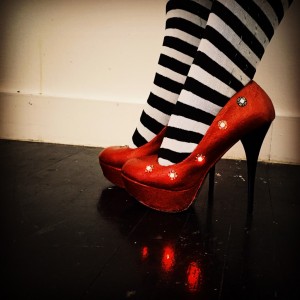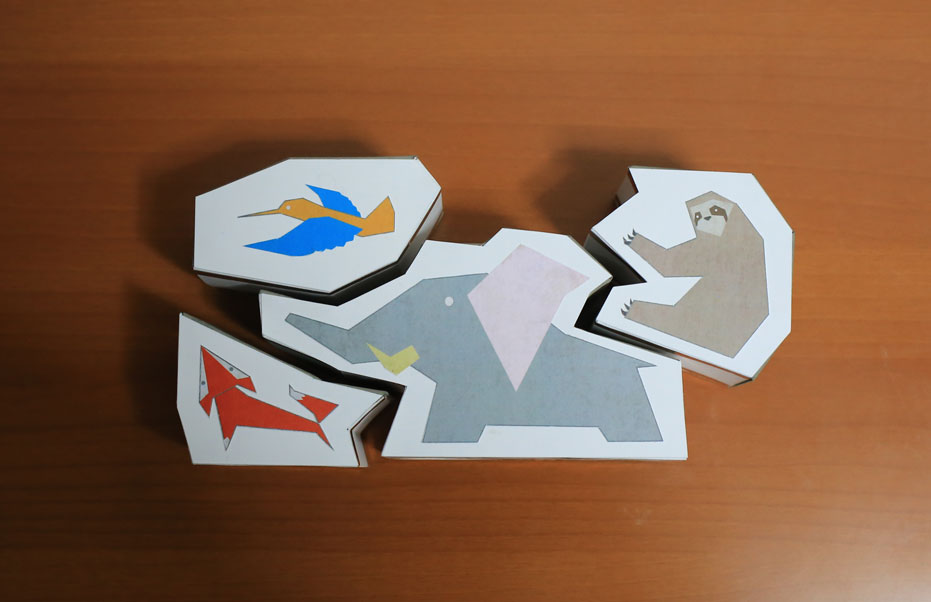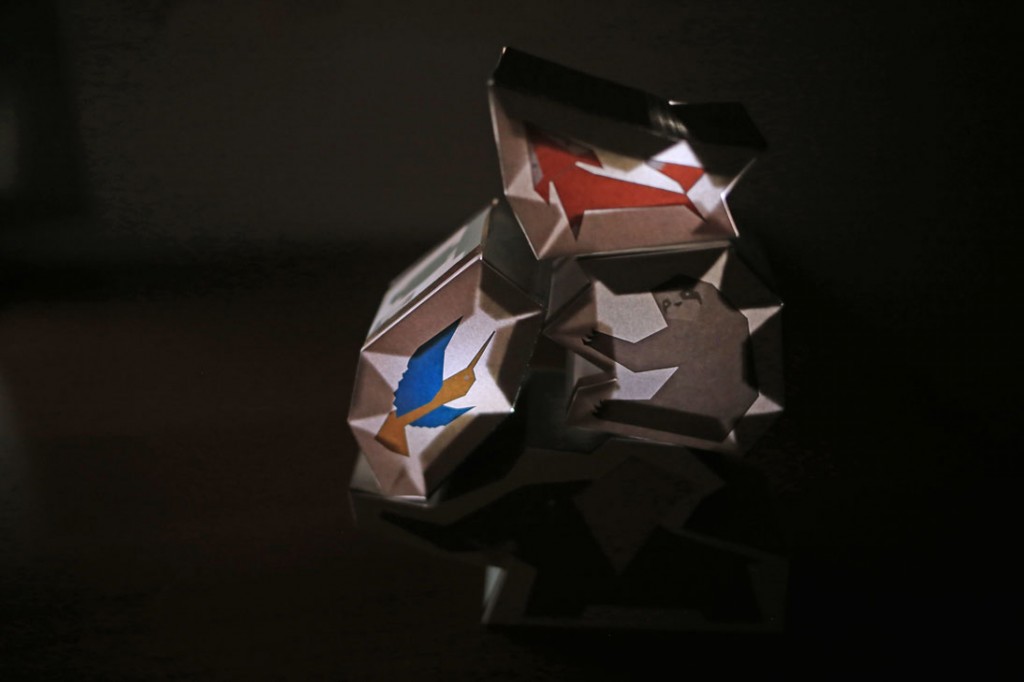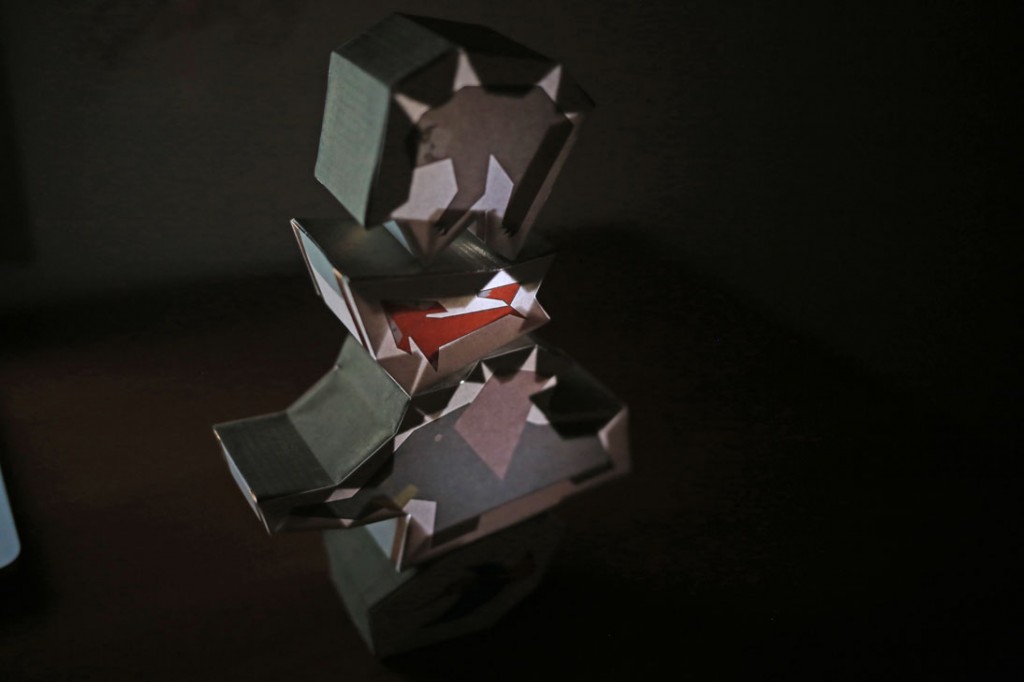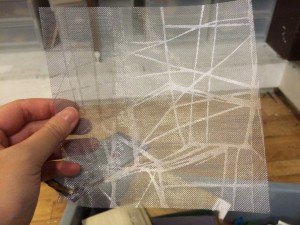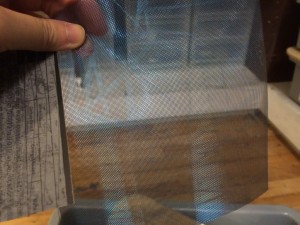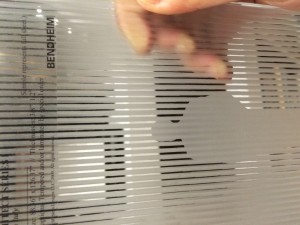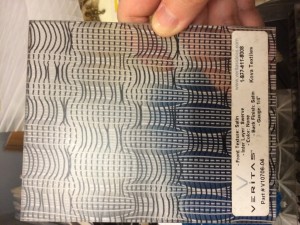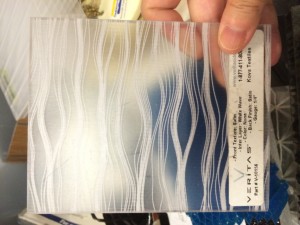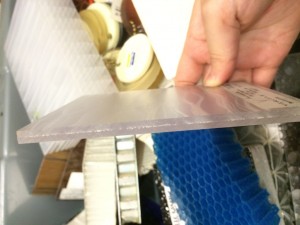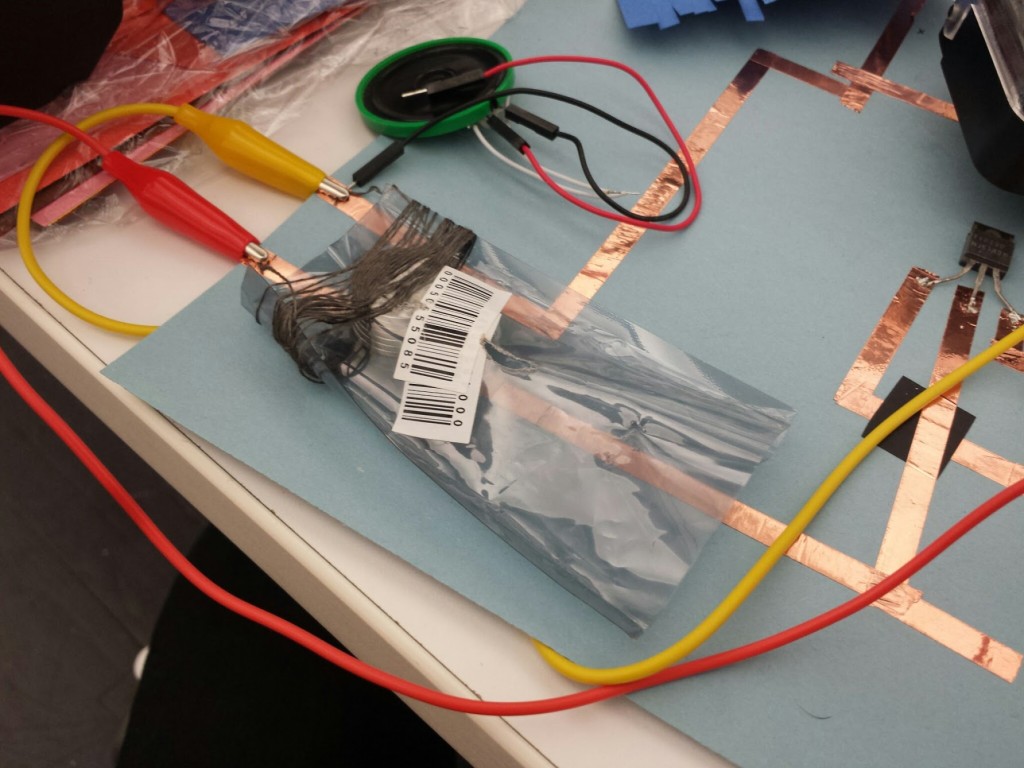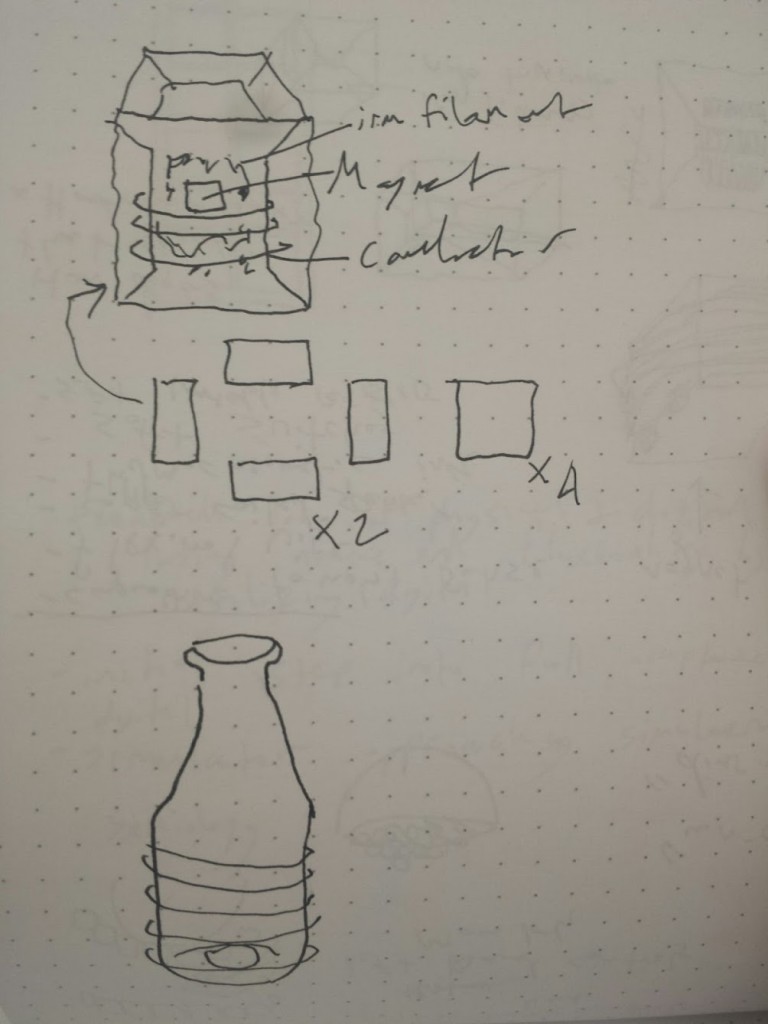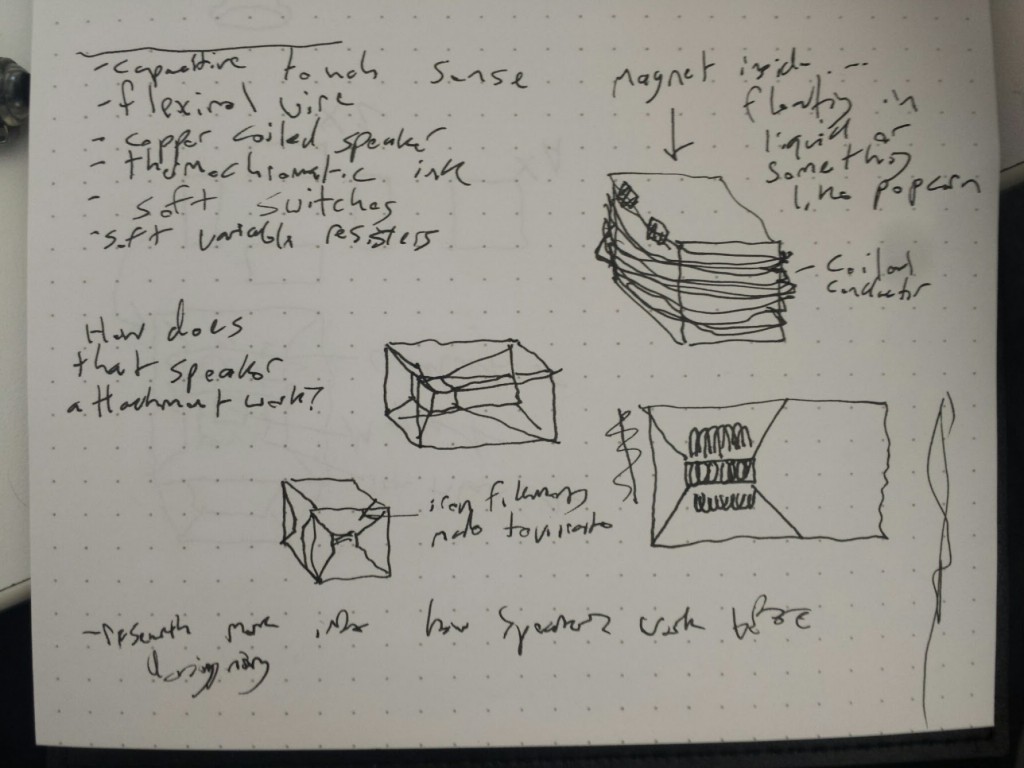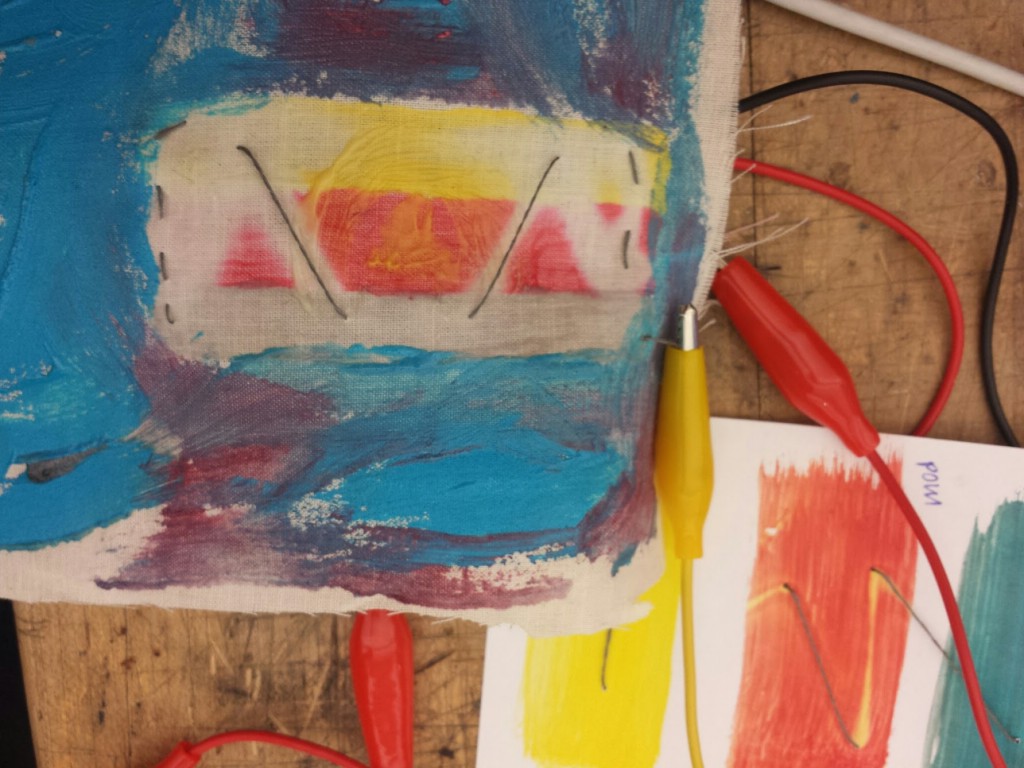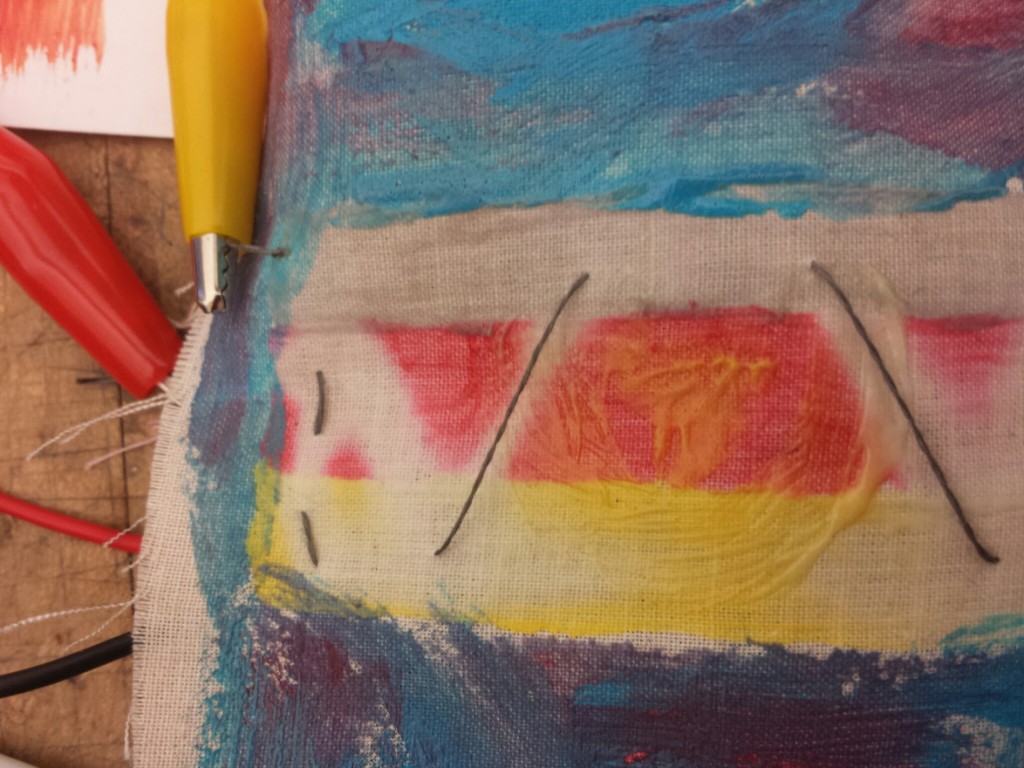compcraft_final Presentation deck, you know, if you’re bored.
Category Archives: Assignments
Final – LED Animal Balancing Blocks by Xiaofeng Lin
Instructables: http://www.instructables.com/id/LED-Animal-Balancing-Blocks/
Materials Used:
1. Bristol board
2. Thick paper board
3. White glue stick
4. Double-sided tape
5. Elmer’s white glue
6. Copper tape
7. Cell batteries and battery holders
8. Conductive fabric
9. Conductive Ink
10. Printed vector illustrations
Material Hunt
1. High precision open mesh monofilament fabrics for industrial and consumer use. 100% Polyester. Applications include filter for air, blood drain, speaker and so on. The front silver and the back has a metal blue shade.
2. Glass with frosted stripes on both side which generates an opaque effect.
3. Plastics with decorative thread patterns. There are three layers combined together in this kind of materials. The threads are between two layers of the plastics.
Thermochromic Ink test in class
Strength:
The color change is really effective. Many different color choices. Easy to work with. It’s better to use lighter material to paint on. The paint shouldn’t be too thick.
Weakness:
The length of the heating thread is limited with the circuit. It takes time to heat up with the thread.
Flexinol in-class test(Xiaoqi, Grace, Alec)
Xiaoqi’s
Grace’s
Alec’s
Findings:
1. In order to move fluently, it’s better to roll the fabric the way we wanted gently before we connected to the circuit. Folding too hard will damage the flexinol.
2. The fabric should be as small as possible, the effect will be compromised if the fabric is too big and too heavy.
3. We need to sew the thread around the flexinol neither too tight nor too loose.
Strengths:
When using correctly, the moving effect is really dramatic and vivid.
Easy to use with light materials such as fabrics and paper.
Weakness:
It’s getting hot.
A little bit hard to control the movement at the beginning.
The length limitation.
Not much freedom to control the speed of the movement.
Week12: Flexinol Wire
Speaker Attempts
The first attempt was made using copper tape on paper in a mountain-ish design. This one didn’t end up working. I’m guessing this was caused by too many separate strips of copper tape. The second attempt, made with Xiaoqi was made of paper with strips cut either side (not pictured). In each of these cuts, conductive thread was wrapped around. This created a very subtle sound, yet was much easier to create than the copper tape speaker. The final one I made was created using a small bag in which the magnets were placed, with conductive thread wrapped generously around it. This one worked the best, which is funny, because I didn’t realize I was using an anti-static bag. It would seem as though static electricity and electromagnetic forces might not interfere too much.
Final Proposal
Originally inspired by the possibilities for speaker design with copper tape, I started thinking about different ways to make this interesting. My first thought was to make a laser cut enclosure with a magnet in the center, separated by transparent plexi from some sort of conductive material coiled around the outside. I considered having this either float in a liquid or possibly some kind of light material, such as popcorn or packing peanuts. I thought it also might be interesting to see what would happen with iron filaments in there as well, whether they would be able to visualize the oscillating magnetic forces involved. Discussing it with my peers, I was reminded of the capacitive sensing we did earlier in the course and was also referred to this project. Perhaps it will become some kind of theremin, which could be interesting, but would be challenging to institute an original take on.
Thermochromic Ink
Flexinol Movement
Here are the videos of the flexinol muscle wire action. The weight of the canvas material probably held back the movement, but it seemed better with a little help from gravity.
Videos:
https://plus.google.com/100428831157187826962/posts/cWjSL63zUAW
https://plus.google.com/100428831157187826962/posts/RP6khX4nfJm
